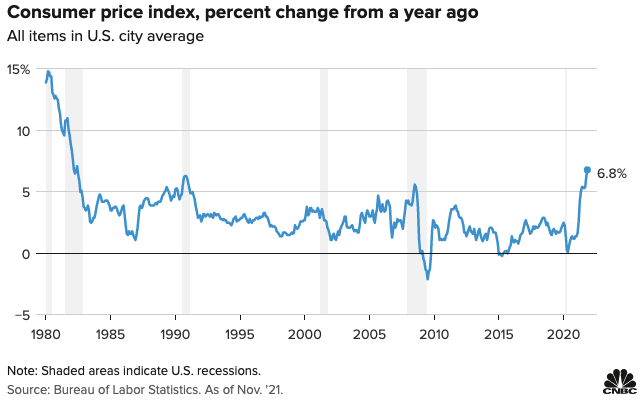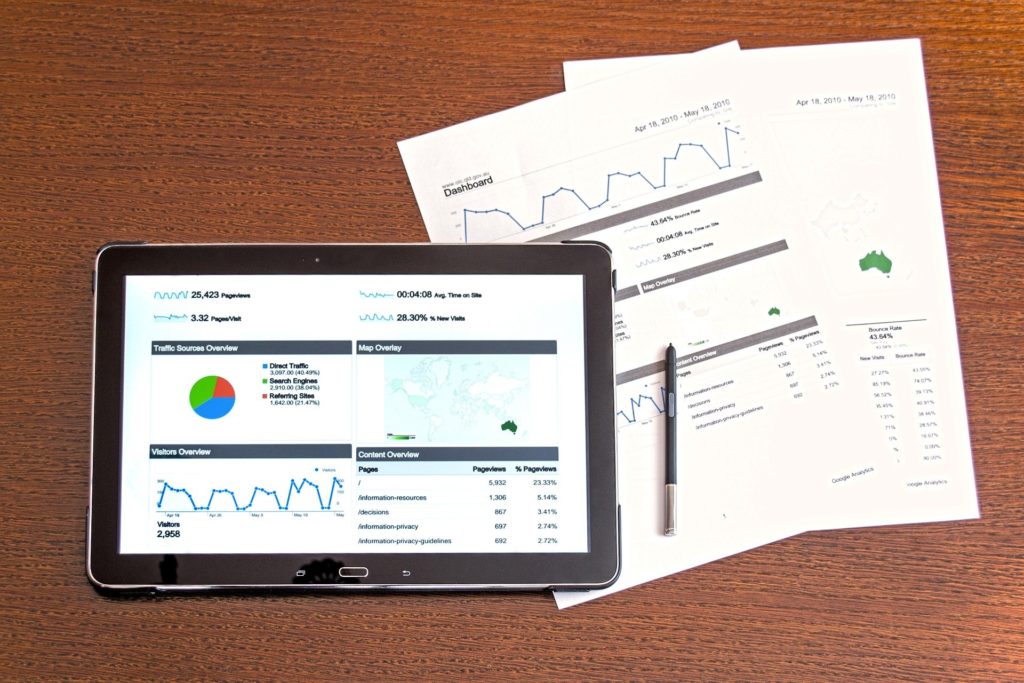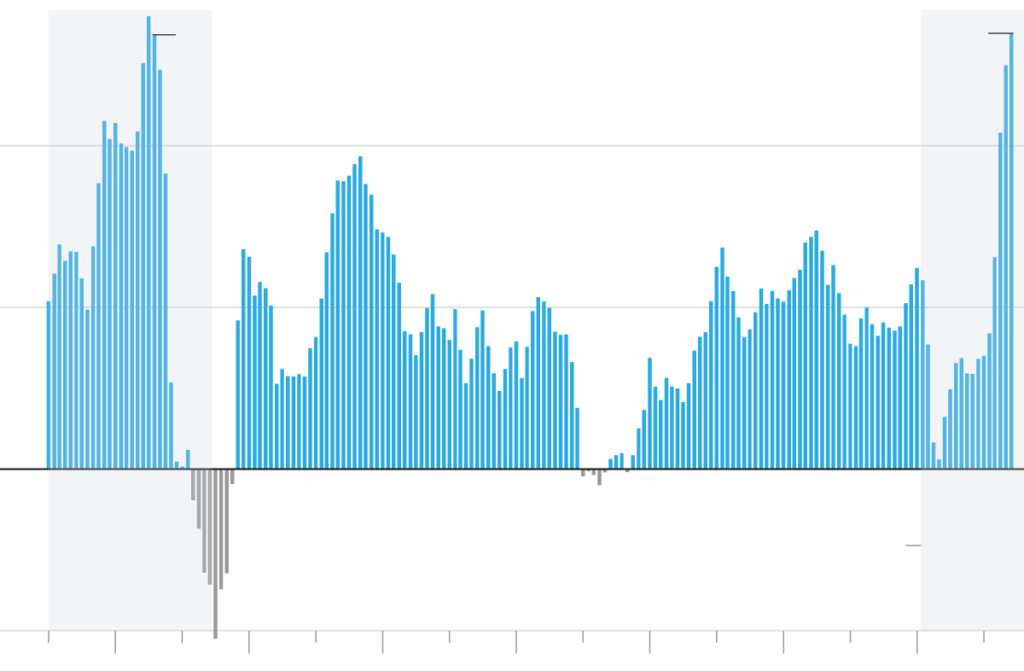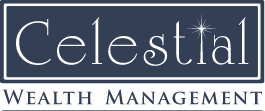Business owners wear many hats. The newer the business, the more “jobs” we do while we grow our businesses. Can a bookkeeper help grow your business? I believe so. The more time we can concentrate on what we are best at the better. That means less time diving into spreadsheets and running our books. But bookkeeping is an essential part of any business. So much so I believe that a bookkeeper can help grow your business. So I ask:
Do you run a successful business but you are doing your own books?
Are you doing your own books because you are a solo entrepreneur?
Is Your CPA also your bookkeeper? I would think twice about that.
The terms “bookkeeper,” “accountant,” and “CPA” are often used interchangeably. But they are definitely not the same. These three professionals are very different in their scope of work, their licensing and professional status, and their standing with the Internal Revenue Service. But, many business owners try to lump them together and fine someone who can handle all three.
I think that is a mistake.
I set out to get some answers from Parker Stevenson. I have known Parker for a while now. Parker is a managing partner and the Chief Business Officer at Evolved Finance… a bookkeeping firm in California specializing in helping online entrepreneurs build a more profitable and stable online business.
Check out this interview in its entirety as we discuss how to handle bookkeeping as a small business owner.
Cheers!
Colin Exelby, CFP®
The post How Using a Bookkeeper Can Help Grow Your Business appeared first on See The Forest Through The Trees.











 Professional
Professional




